Welcome to the first day of the rest of your beer drinking life. By the end of this cheat sheet, you’ll know everything that a self-respecting beer connoisseur ought to know. Get hype.

GIF courtesy of giphy.com
We can sort beer into two main groups: lagers and ales. Basically every beer you could ever think of is either a lager or an ale. The difference between the two has to do with the type of yeast used when making the beer. Yeast is a teeny, tiny fungus that gives us our favorite part of the beer (the alcohol).
Here’s the breakdown:
Ales are made with top-fermenting yeasts which means that the yeast floats on top of the beer during the fermentation process. The yeast works its magic for a short period of time at relatively high temperatures.

Gif courtesy of giphy.com
Lagers are made with bottom-fermenting yeasts, which are pretty much the exact opposite of top-fermenting yeasts. With lagers, the yeast sinks to the bottom of the beer during fermentation. This requires a long period of time and cold temperatures.

GIF courtesy of giphy.com
Basically, most mass-market beers (think of the beers you drink at frats) are lagers. Now that you’re familiar with ales and lagers, let’s learn about some popular variations of the two.
Pale Ale
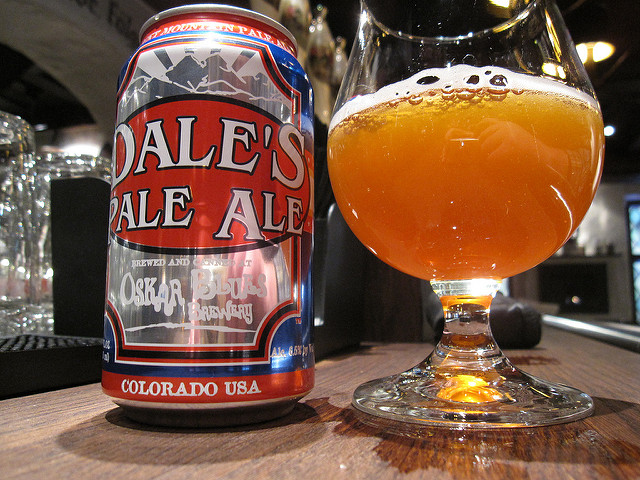
Photo by Bernt Rostad
Beer is a blend of four main ingredients: water, malt, yeast and hops. Pale ales have a pretty dope malt-to-hop balance. In other words, the malt balances out the hops, and neither one overwhelms the flavor of the beer itself.
IPA
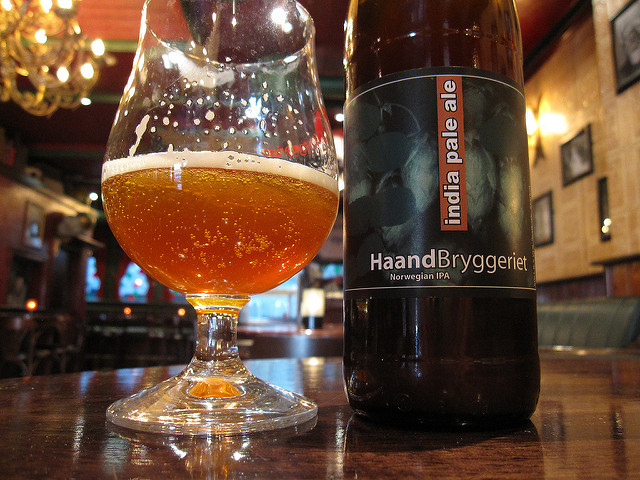
Photo by Bernt Rostad
Short for “India Pale Ale.” IPAs are stronger versions of pale ales and usually have a higher alcohol content. They will be more bitter and with way more hop flavor. Basically, when you hear “IPA,” think hoppy.
But what are hops? Hops are the cone-like buds of a climbing plant and are used to add bitterness. Without hops, beer would taste super sugary. To describe a beer as hoppy means it has intense hop bitterness, flavors, and aromas.

Courtesy of giphy.com
There are two popular styles of IPAs: West Coast-style and East Coast-style. West Coast IPAs are known to be citrusy and fruity with a big hop aroma, while East Coast IPAs are know to be more earthy, woody and spicy.
Porter

Photo courtesy of bear-flavored.com
Porters are the middle ground between pale ales and stouts. Porters are darker beers that pair well with heavier foods. Their flavor is generally mild and sometimes sweet, with none of the more bitter notes of a stout.
Stout
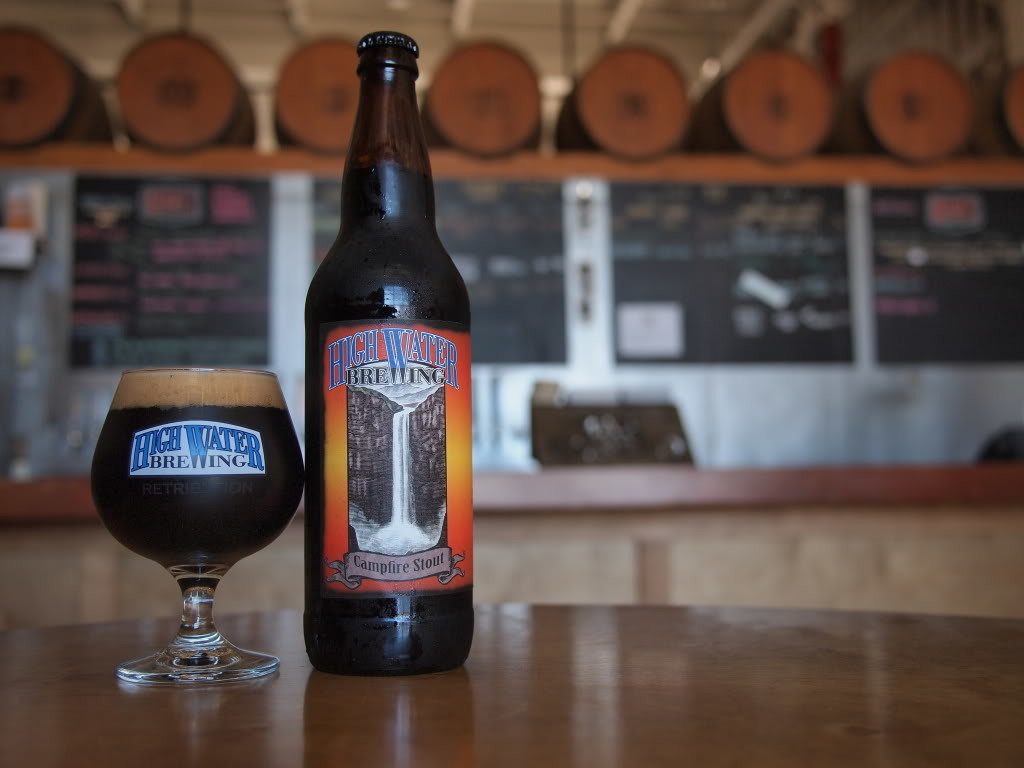
Photo courtesy of brewedforthought.com
Stouts are dark ales like porters, but not as sweet. These beers are thick and rich, but not hoppy. Stouts and porters are very similar and it can be hard to differentiate between them between them because they both have a wide range of flavors and styles. Stouts typically taste more roasted than porters, which are sweeter.
Wheat
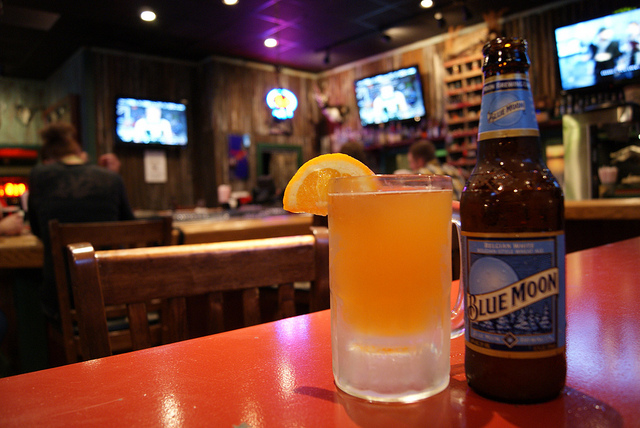
Photo by Denise Mattox
Wheat beers are brewed with a lot of wheat malt and are often unfiltered, which makes them pale and cloudy. They are easy to drink with fruity, gentle flavors and are often served with a slice of fruit. Wheat beers have many nicknames such as white, wit and weiss. If you see any beer with these in the name, that’s going to be a wheat beer.
Pilsner
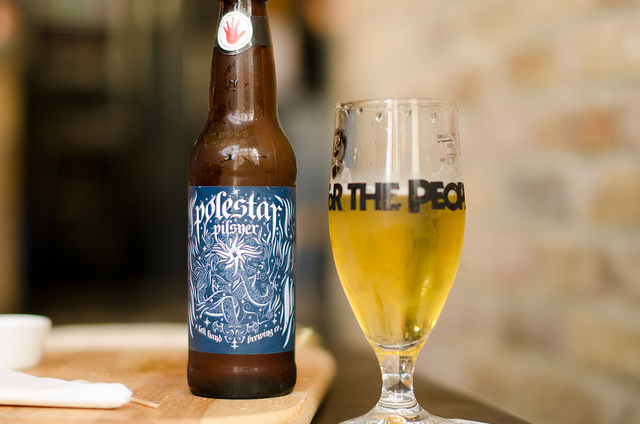
Photo by Valters Krontals
Pilsners are dry, crisp lagers that have a golden color. A crisp beer is highly carbonated, light and refreshing. They have a lower alcohol content and are typically smooth and easy to drink.

GIF courtesy of giphy.com
That’s it for Beer 101. It’s time for you to get drinking (if you’re of legal age). This beer tasting guide will help you get started, and for those beer fans who don’t do gluten, fear not – there are a wide variety of gluten-free beers available. Now it’s time to get off your computer and find out which beer you like best.


